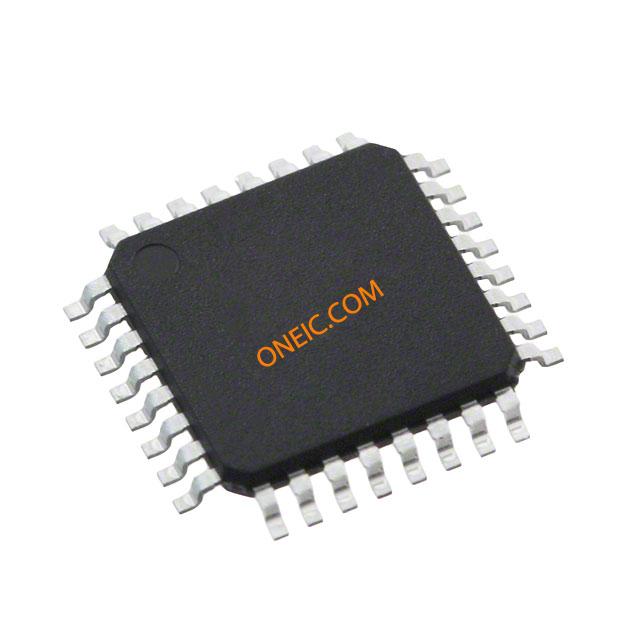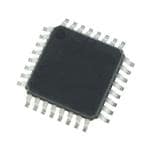ATMEGA88A-AU
8-bit AVR microcontrollers with 8KB Flash, 1KB RAM, 32-pin TQFP
Manufacturer: ['microchip', 'atmel']
series introduction
# ATMEGA88A - AU Product Series Introduction
## 1. Overview
The ATMEGA88A - AU is a member of the highly popular AVR® 8 - bit microcontroller family developed by Microchip Technology. This product series is renowned for its combination of high - performance, low - power consumption, and rich peripheral features, making it an ideal choice for a wide range of embedded applications.
## 2. Key Features
### 2.1 Core and Architecture
- **AVR 8 - bit RISC Architecture**: The ATMEGA88A - AU is based on the AVR reduced instruction set computer (RISC) architecture. It can execute most instructions in a single clock cycle, which results in a high - throughput performance. With a maximum operating frequency of up to 20 MHz, it can handle complex tasks efficiently.
- **Harvard Architecture**: This architecture separates the program memory and data memory, allowing simultaneous access to both. It enables faster instruction fetching and data processing, enhancing the overall system performance.
### 2.2 Memory
- **Flash Program Memory**: It comes with 8 KB of in - system self - programmable flash memory. This non - volatile memory is used to store the program code. The flash memory can be reprogrammed multiple times, which is very convenient for development and product updates.
- **SRAM Data Memory**: There is 1 KB of static random - access memory (SRAM) available for storing variables and data during program execution. This sufficient SRAM capacity allows for the implementation of relatively complex algorithms and data - handling tasks.
- **EEPROM**: The device also includes 512 bytes of electrically erasable programmable read - only memory (EEPROM). EEPROM is useful for storing critical data that needs to be retained even when the power is turned off, such as calibration data or user - configured settings.
### 2.3 Peripherals
#### 2.3.1 Timers/Counters
- **Three Timers/Counters**: The ATMEGA88A - AU is equipped with three timers/counters. Timer/Counter0 is an 8 - bit timer, while Timer/Counter1 and Timer/Counter2 are 16 - bit timers. These timers can be used for a variety of applications, such as generating accurate time delays, pulse - width modulation (PWM) for motor control, and frequency measurement.
- **PWM Modes**: The timers support different PWM modes, including fast PWM and phase - correct PWM. This makes it easy to control the speed of DC motors, the brightness of LEDs, and other applications that require analog - like control using digital signals.
#### 2.3.2 Serial Communication Interfaces
- **USART (Universal Synchronous/Asynchronous Receiver/Transmitter)**: It has a full - duplex USART interface, which allows for easy communication with other devices such as computers, sensors, or other microcontrollers. The USART supports both synchronous and asynchronous communication modes and can operate at various baud rates, making it highly flexible for different communication requirements.
- **SPI (Serial Peripheral Interface)**: The SPI interface provides a high - speed, synchronous serial communication protocol. It is commonly used for communicating with external devices such as flash memories, sensors, and display modules. The SPI interface supports master and slave modes, enabling multi - device communication in a system.
- **TWI (Two - Wire Interface)**: Also known as the I2C interface, the TWI allows for simple and efficient communication between multiple devices using only two wires (SDA and SCL). It is widely used for connecting sensors, EEPROMs, and other low - speed devices in a system.
#### 2.3.3 Analog - to - Digital Converter (ADC)
- **8
Images for reference

32-TQFP

AT42QT1111-AU

Image Preview